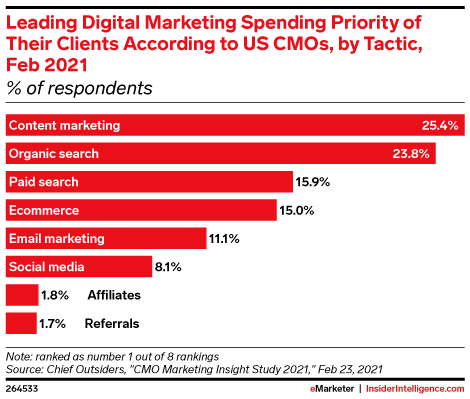Set budget limits
PPC campaigns put you in control of costs, so make sure to use that to your advantage. Roth recommends setting the rate and number of clicks you’re willing to pay, then letting the campaign run.
“By being patient and using budget limits, you can control your budget until you are confident enough to scale up,” he says.
Test and assess
Testing is an important part of the PPC process, and A/B testing in particular can clue you in to what does and doesn’t work. With A/B tests, you run two ads that are nearly identical, save for one difference. The modified element could be the copy, keyword, call to action, or landing page, for example. You want to see which version of the ad performs better with users and adjust accordingly.
“If something doesn’t see the response you are looking for, consider the potential reasons and what you might be able to change about the campaign to answer your hypothesis,” Roth says. “Try different variations of the same product ad to assess which is more effective.”
Don’t rush into spending more
It may be tempting to go all-in, but you should avoid investing a lot of cash into PPC campaigns that haven’t paid off financially yet.
“Run small tests, then scale your spend when you are comfortable with the return,” Roth advises. “Think of PPC campaigns as a way to understand your audience.”
___
by Katie Roberts
source: emarketer.com



